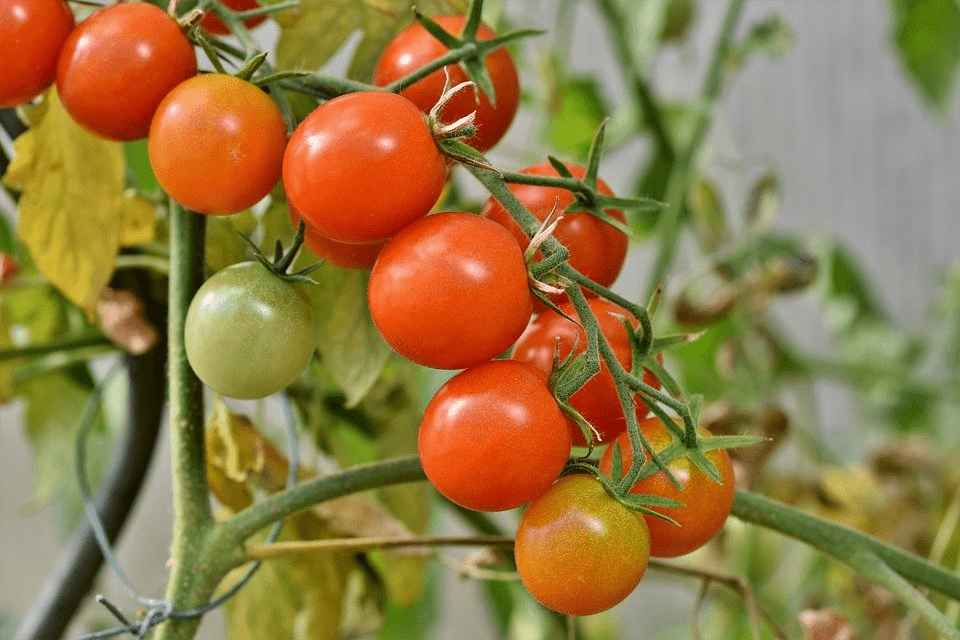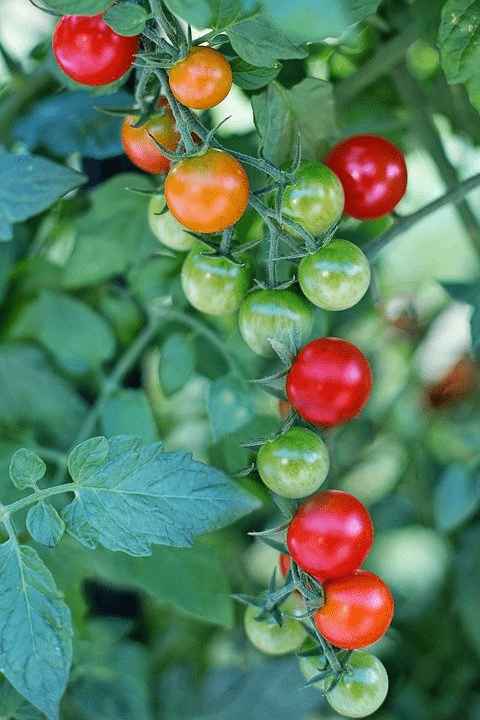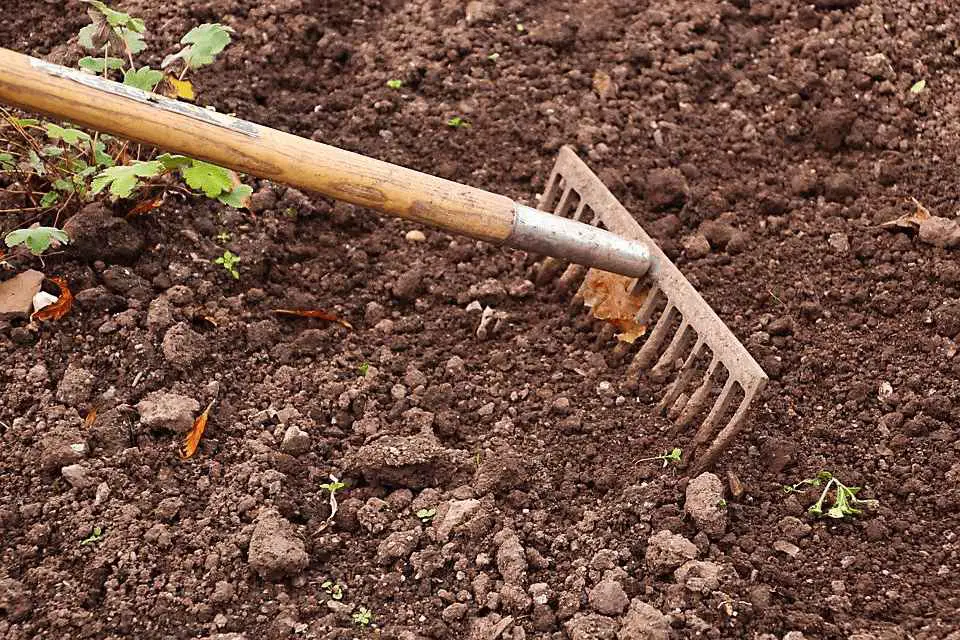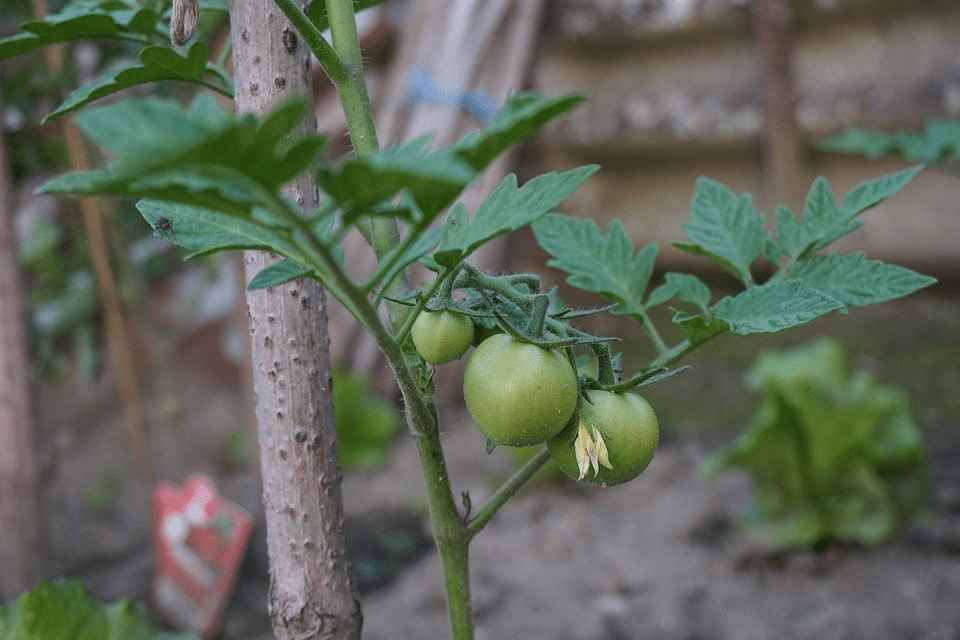Whether you’re growing tomato for salads, soups, salsas, or homemade sauces, one thing’s for sure – you want a bigger tomato harvest! Not everyone has the luxury of an endless, fertile field where they can grow rows of vines and walk around filling their basket with fresh tomatoes to make salsa. Many of us have to rely on the few tomato plants growing in a compact garden, or a single container plant for all those delicious recipes we have been planning.
However, limited space doesn’t mean you have to compromise on the yield size. There are many ways to double the yield and make the most out of the few plants you have. Whether you’re growing in a big field, a small garden bed, or a container, a fresh, healthy vine laden with those juicy, ripe tomatoes is every vegetable gardener’s dream. Keep reading, and you’ll find the secrets to make it a reality.
Reader Poll: What online courses would interest you?

High Yield Varieties For Bigger Tomato Harvest
It all begins with the correct seed. Pick disease-resistant varieties that are well-adapted to the local growing conditions. Purchase seed packets from a local garden center and remember to read the specifications to see if it’s suited to growing in your area.
If you’re purchasing seedlings, look for small, healthy tomato plants that are about 4 to 6 inches in height and have healthy leaves and a firm stem. Taller plants won’t transplant well.
Determinate Over Indeterminate
When aiming for a bigger yield, always go for indeterminate varieties. Determinate varieties stop producing fruit once their growth stops. Indeterminate varieties will continue flowering and fruiting resulting in a bigger tomato harvest into the winters until their nipped by frost.
Subscribe to our newsletter!
List Of High Yield Tomato Vatieties
Here are some of the types that produce higher yield tomato harvest per plant:
Cherry Tomato
It gives plenty of tiny, juicy tomatoes to eat raw or toss into salads and grows well in garden beds, containers, and even baskets. This is a firm favorite choice for professional growers.

Grape Tomato
With lots of tomatoes in each plant and not many leaves, this variety produces small, oblong tomatoes for sauces and salads.
Roma Tomato
Also known as Italian tomatoes, this is another high-yielding variety that produces oblong, firm tomatoes ideal for canning and preparing tomato paste. This is the variety I am growing at the moment and I cannot wait for the tomato harvest.
Beefsteak Tomato
It’s an indeterminate vine that produces large, juicy tomatoes perfect for burgers and sandwiches.
Perfect Your Soil

Give time and effort into preparing a good bed for your tomatoes. It’s best to prepare the site in the fall before planting.
Site Selection
Choose a location that gets plenty of sunlight (at least 10 hours a day) and has well-drained soil. Make sure the same spot wasn’t used for growing tomatoes or other plants from the same family last season.
Site Preparation
Work the soil 24 inches deep and amend the first 6 inches with some good quality organic compost and eggshells. Cover the site with a black plastic sheet to allow the soil to warm up and soil organisms to break up the compost and enrich the soil over the winters.
Plant Tomatoes Deep

Planting Time
Wait till the soil temperature stays consistently over 60°F at daytime and 50°F at night before setting out the transplants in spring on a cloudy day.
Transplant
Planting the seedlings deep in the soil allows them to grow a stronger root system. Dig 12-inch deep holes for each seedling. Pinch out the lower leaves and place the seedling at the bottom of the pit. Fill the hole with a mixture of soil, compost, and a little organic fertilizer formulated for tomatoes. Water the plants well.
Support Your Vines

The vines will grow healthier if they have support to climb. Without supports, the plants droop over as they grow older and start spreading over the ground. Plants growing horizontally along the garden bed will produce lots of stems and leaves, but not many tomatoes. Being close to the ground also makes them susceptible to soil-borne diseases.
With better air circulation, exposure to sunlight, and fewer chances of infections, vines will grow healthier with vertical supports and produce bigger yields.
Types Of Supports
Shorter varieties are easily supported with tomato cages or stakes. Longer trellises will be required for taller plants.
How To Support
Set the support in place at planting time so that the roots aren’t disturbed later, and the stems have something to hold on to as they grow. However, don’t tie the stems to the supports while the plants are still young. Wait for the first set of flowers to appear and tie the stems lightly with a soft piece of cotton yarn to avoid damaging them.
Consistent Watering
Water Deeply
Plants with deep watering after longer dry intervals are far better off than those getting frequent, shallow watering. After the top few inches of the soil dry out, deep watering will promote a healthier root system that can better support the plants and access the nutrients.
Maintain Consistent Moisture
Uneven watering isn’t good for the plants. Your goal is to keep the soil consistently moist. Water the plants once or twice a week, depending on the weather.
Water At The Base
Remember to water at the base. Overhead irrigation makes the plants susceptible to some of the most common tomato diseases. Keep the foliage dry while watering the soil.
Prune The Suckers
When the first set of flowers appear on the plants, it’s time to remove the tomato suckers. These are the additional branches that appear at the nodes of the main stem and branches. Remove all the suckers growing on the portion of the plant below the flower clusters.
If you want more branches on the plant, leave a couple of suckers on the first 2, 3 nodes above the first flower cluster, and remove the rest. Pinch out any more suckers, as they appear to help the plant focus its energies on the fruits, instead of branches.
Fertilizing

Tomatoes are heavy feeders, so don’t starve them, or your yield will suffer. Apply a fresh layer of compost every few weeks or choose a store-bought fertilizer formulated for fruiting and flowering. Follow the instructions on the package to apply it to the plants.
Low-Nitrogen Feed
Pick low-nitrogen food for the tomatoes, especially after the first four weeks of growth. High levels of nitrogen in the soil will boost foliage growth at the expense of flowers and fruits. Fertilizers designed for tomatoes usually have a higher phosphorus content to encourage flowering. For a better tomato harvest use the right fertilizer and avoid over-fertilizing as it can do more harm than good.
Conclusion
Doubling the tomato harvest isn’t so tricky after all. Just nurture your plants lovingly and give them everything they need – they’ll return the favor with vines loaded with fresh tomatoes! Follow all the tips, and enjoy your bumper crop.

